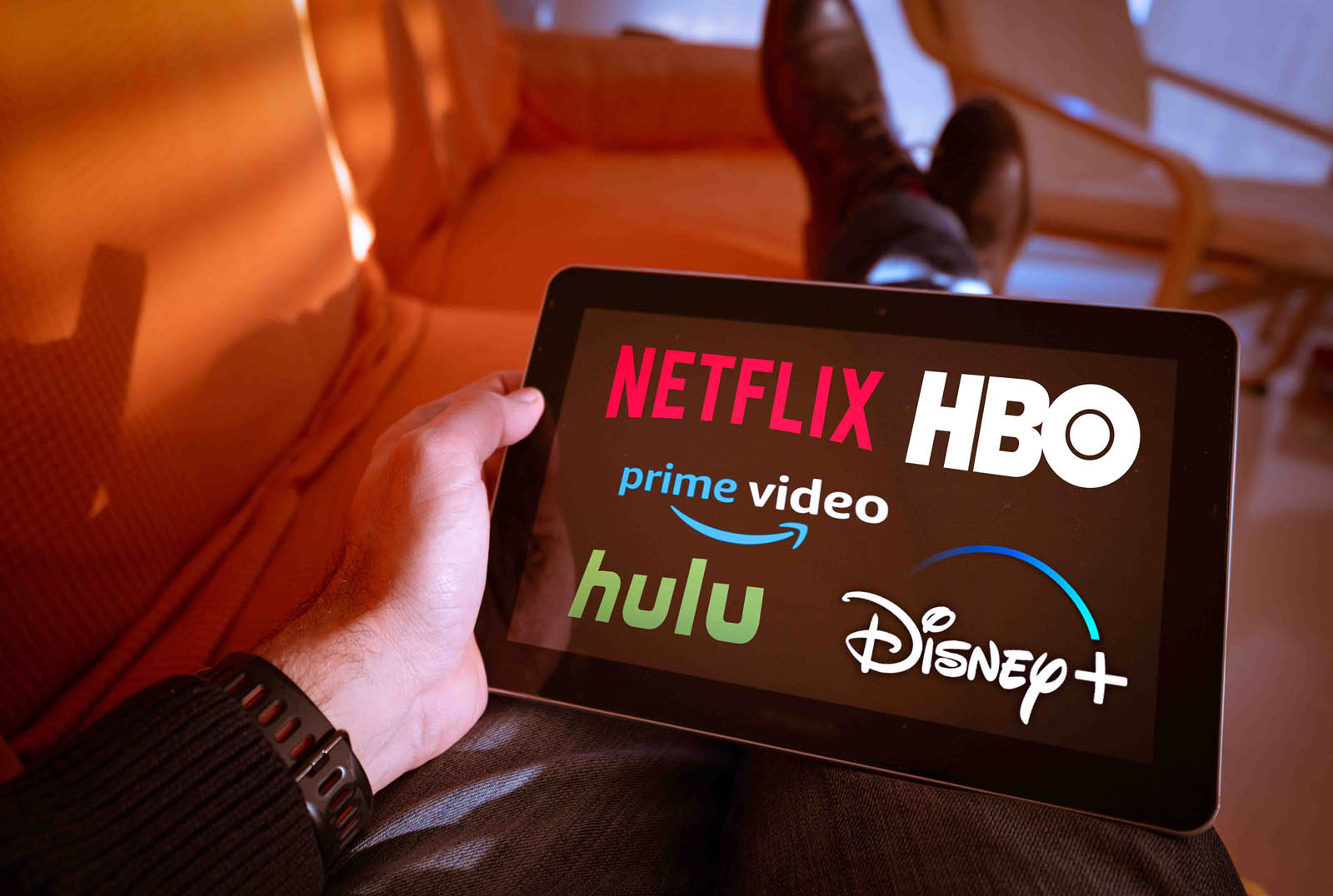
The New E-Commerce: The Rise of Subscription Services
Filed Under: Data Trends, Ecommerce, Media, Retail, Tech, Media & Telecom, Technology
Alex Palermo
Senior Vice President, B2B Research
As a 32-year old mother of two, I admit that my peers and I are millennials. Although in many ways we may not fit the “millennial stereotype,” my friends and I enjoy the perks of living in a digital age; especially when it comes to online subscriptions.
Why online subscription services? Because they’re easy and effortless. From music to movies, dinners to diapers, we all seem to have our subscription services that we can’t live without. “Have you tried Peloton cycling?” my friend asked. “No, but I do Class Pass.” “Where do you buy your diapers?” “We do Amazon Pantry for ours.” These are just a few common conversations had in most millennial circles.
But what impact will our digital subscription obsessions have on traditional retailers? As I scrolled through recent online news articles, my question was answered. Even big name retailers are moving toward online subscription services as a new route to reach the younger, more fickle millennial demographic.
Ralph Lauren recently hired a new CEO, Stefan Larsson, who plans to slash several retail stores and reduce inventory in department stores in favor of more innovative channels, like online subscriptions for ball gown and tux rentals. And the trend toward online subscription services has already caused the demise of traditional music and movie retailers with the advent of Netflix, iTunes and Spotify. But could this trend expand into previously immune industries such as groceries, cosmetics or even high-end clothing retailers? It seems likely based on their prevalence and popularity among millennial consumers. And if and when they do, one thing these industries will want to keep in mind when building these that they really need to understand what consumers want from their category in a subscription service.
Aside from their sheer ease of use, there are five main reasons why online subscriptions are popular among millennials:
1. They’re more affordable.
Pay a little, get a lot. That’s the motto of the millennial generation, and that’s exactly what subscription services deliver. Not sure if you’ll like that $50 mascara? Try Birchbox. Afraid to commit to a gym membership? Try Class Pass. Not only can you try a little bit of everything for a cheaper price instead of forking over the money to buy just one thing, but you can also share passwords with friends or across devices. That means the same Spotify subscription you use at home can also be used in your car on your way to work, in the office while you jam with your headphones on, and then again during your time on the treadmill after work.
2. They’re instantly gratifying.
Are you familiar with the ZMOT – or the Zero Moment of Truth? This is the term, coined by Google, for the moment when the consumer realizes a need and then researches a brand or product. Now, the ZMOT and the actual purchase may only be seconds apart, as online subscriptions offer the consumer the ability to order products or stream content at the click of a button. There’s no need to drive to the store for groceries when you have Amazon Pantry. No need to shop for a wardrobe when you have Rent-the-Runway Unlimited. In a way, online subscriptions bring the content to the user, instead of the other way around, thus shortening or eliminating the active “shopping” process.
3. They’re personalized.
One way that online subscription services are helping reduce the active “shopping” process is by the personalization they can provide. These subscription companies are investing time in finding out exactly who the customer is and what their interests are. By doing so, they are able to curate the experience to that specific person. Amazon and Netflix are the most well-known online retailers of personalized content curation. Others like Stitch Fix have users fill out an online quiz to determine clothing and accessory preferences before sending subscribers their first “fix”. Personalization guarantees that no two users have an identical experience, but ensures their experiences with the service is equally gratifying.
4. They’re social.
Yes, social media is everywhere – and online subscription services know it. They are using social media activity as input into their algorithms (a la Stitch Fix, which links to Pinterest accounts to help drive user preferences), and then again to output information, through online reviews of products rented, purchased or streamed. The purpose of incorporating social media is two-fold: it helps refine the personalized feel of the subscription service, while also reinforcing the brand’s popularity across users’ entire social networks.
5. They’re constantly evolving.
As opposed to traditional channels which are more static, online subscription services are able to evolve their content to meet the changing needs of their customers, so they are seeing new content or items regularly. For example, Spotify and Netflix add new content on a daily or weekly basis. Birchbox and Stitch Fix will evolve their brand partnerships to reflect the latest fashions and trends. All of this built-in ability to adapt to change guarantees that customers never experience the same thing twice.
So what does this mean for traditional retail?
For companies that are built upon a traditional retail experience, this doesn’t have to mean the demise of their brand nor does it mean that they should stop paying attention to the in-store experience. Instead, it should be seen as an opportunity to evolve the brand by supplementing traditional retail with online subscription services and create a seamless experience between online and brick and mortar shopping (a la Ralph Lauren) to help reach new customers across all age ranges and geographies.
explore featured
Case studies

